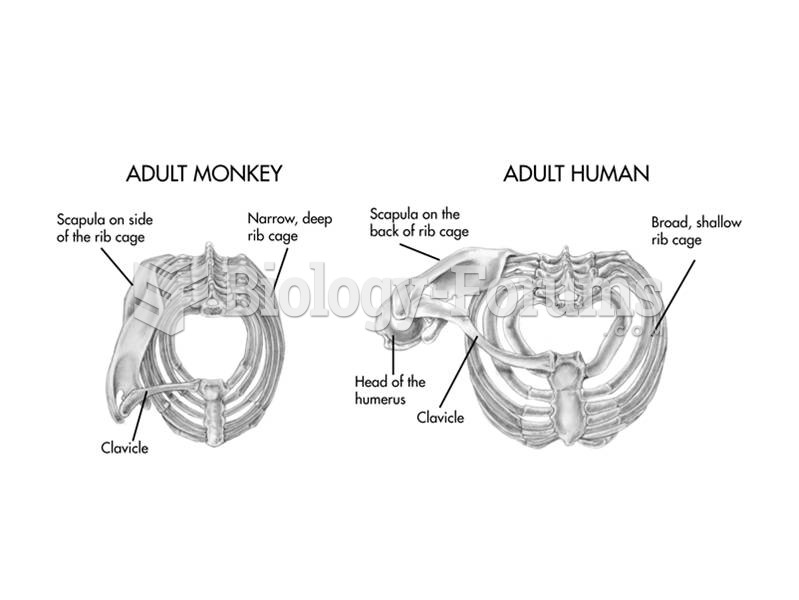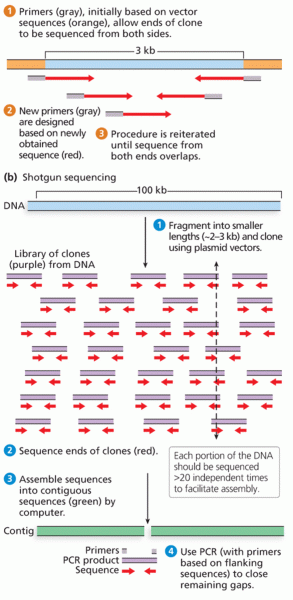Answer to Question 1
In the network representation, the nodes represent concepts. When we learn, we add new entries to the hierarchy in the network so that the hierarchy gets more elaborate. In contrast, the connectionist network represents patterns of activation. When we learn, we strengthen the connection between the nodes (rather than merely adding new nodes, as in the network representation).
Answer to Question 2
Starting in the late 1970s, cognitive psychology shifted toward domain specificity. In part, this was because of striking demonstrations regarding the role of specific knowledge in chess playing. A key book, The Modularity of Mind, presented an argument for extreme domain specificity (Fodor, 1983). In this view, the mind is modular, divided into discrete modules that operate more or less independently of each other. According to Fodor, each independently functioning module can process only one kind of input, such as language (e.g., words), visual percepts (e.g., faces), and so on.
Fodor asserted the modularity (distinct origins) of lower level processes, such as the basic perceptual processes involved in lexical access. However, the application of modularity has been extended to higher intellectual processes as well. Also, Fodor's book emphasized the modularity of specific cognitive functions, such as lexical access to word meanings, as distinct from word meanings derived from context. These functions primarily have been observed in cognitive experiments. Issues of modularity, however, also have been important in neuropsychological research. For example, discrete pathological conditions are associated with discrete cognitive deficits.







